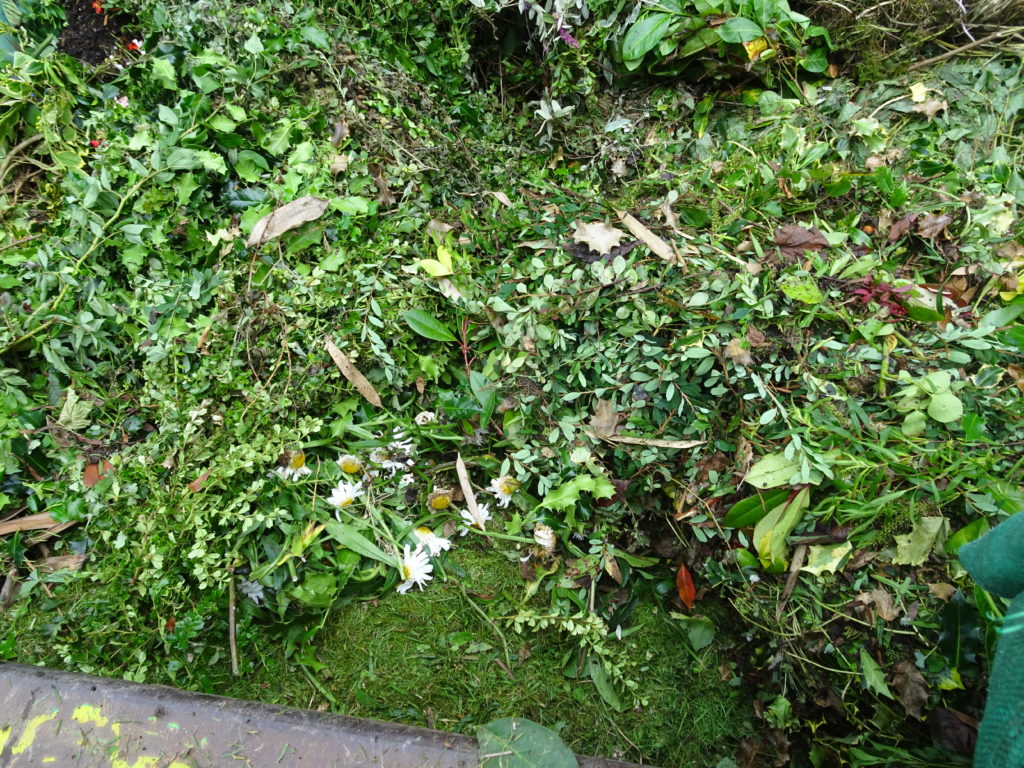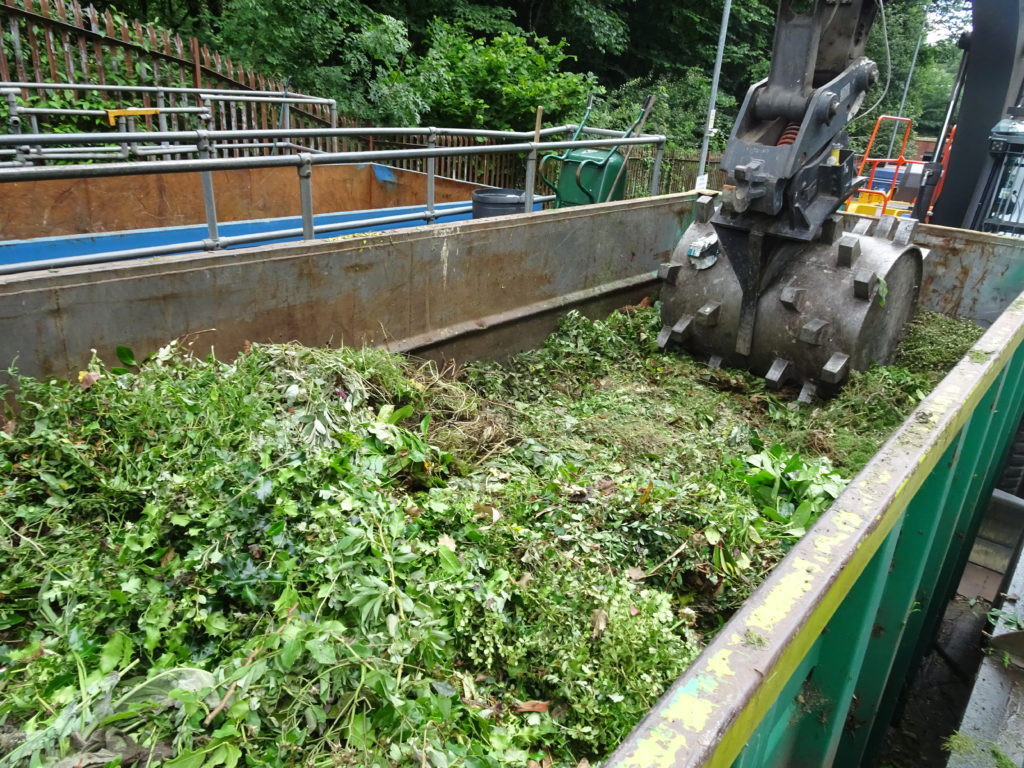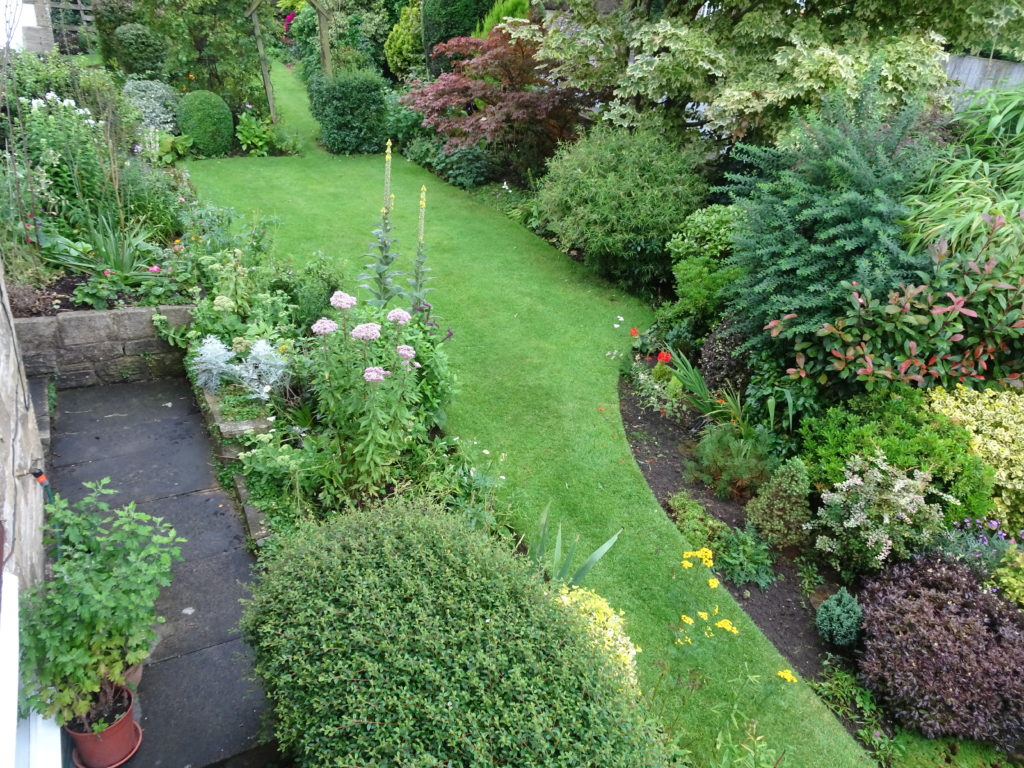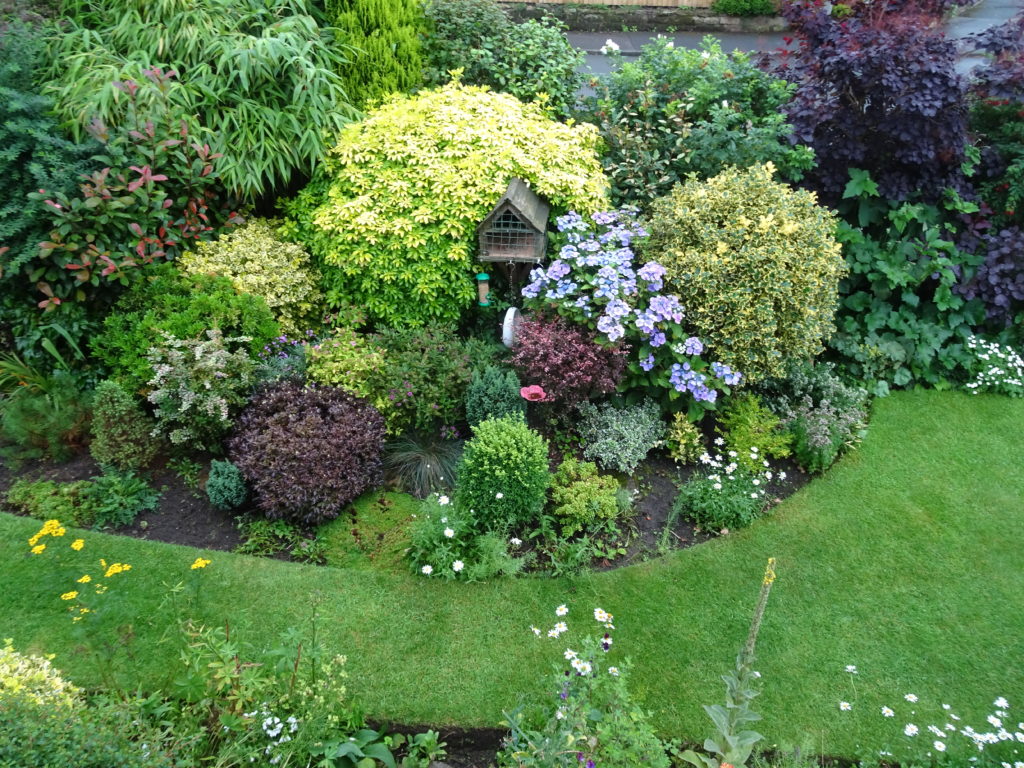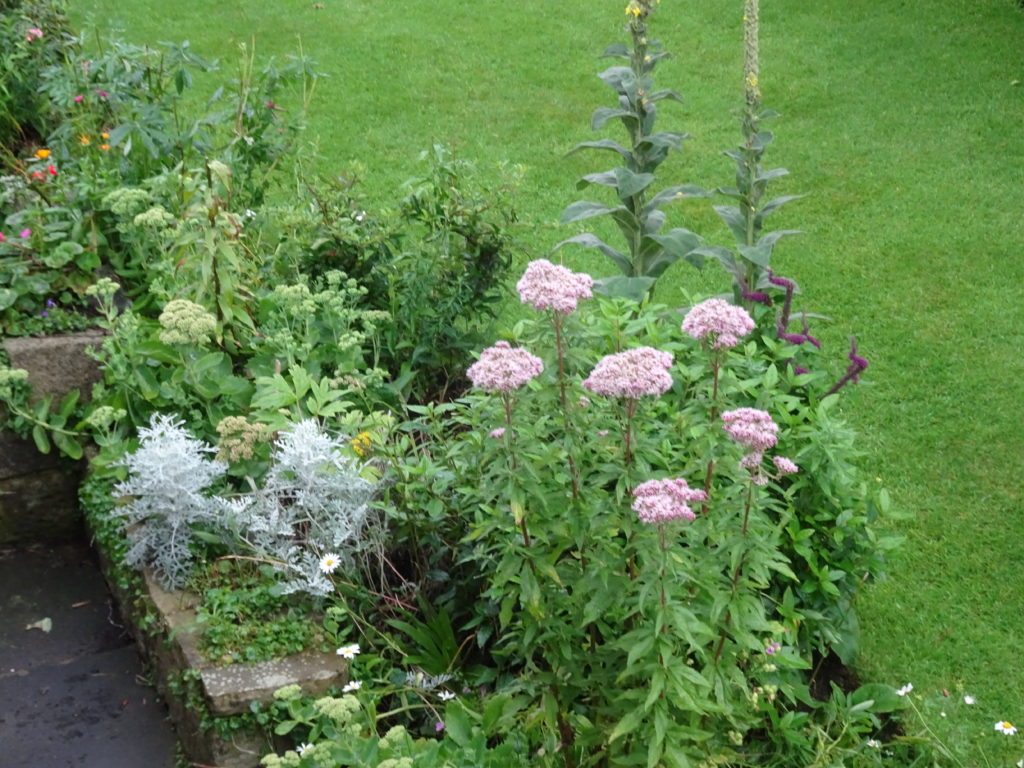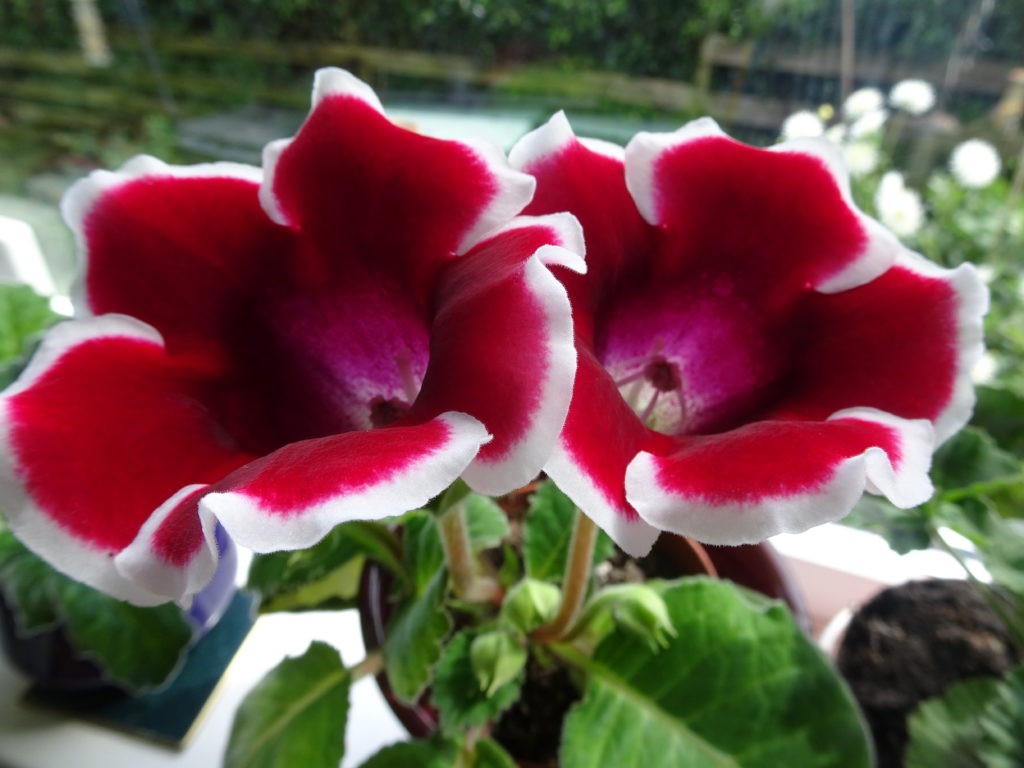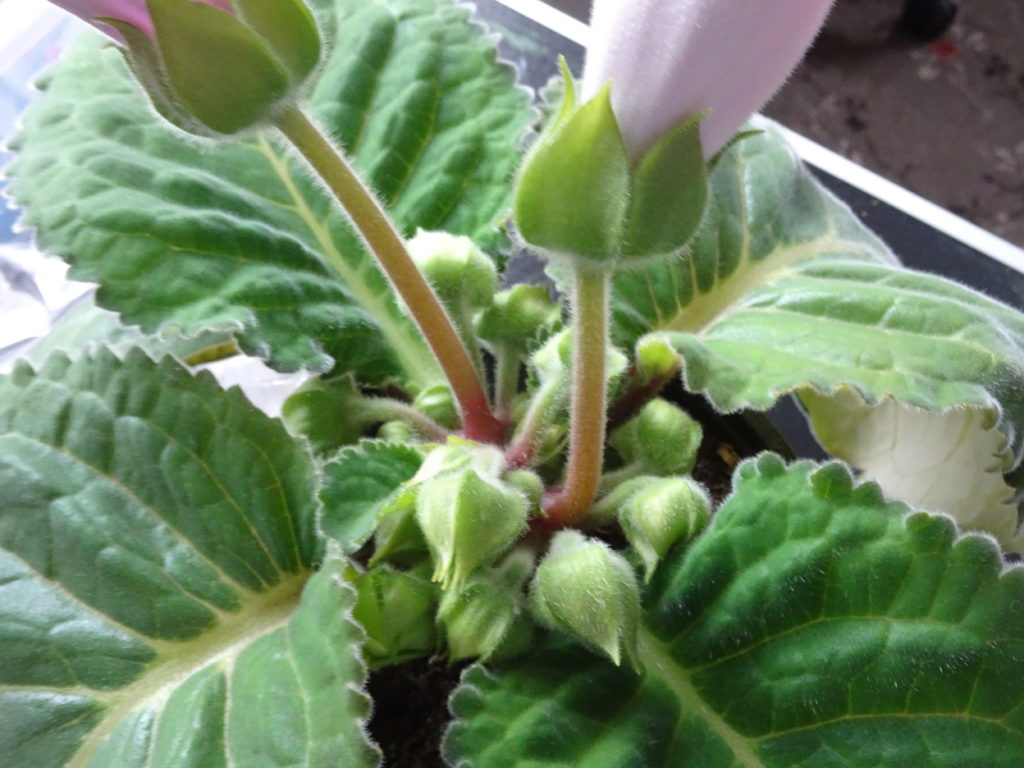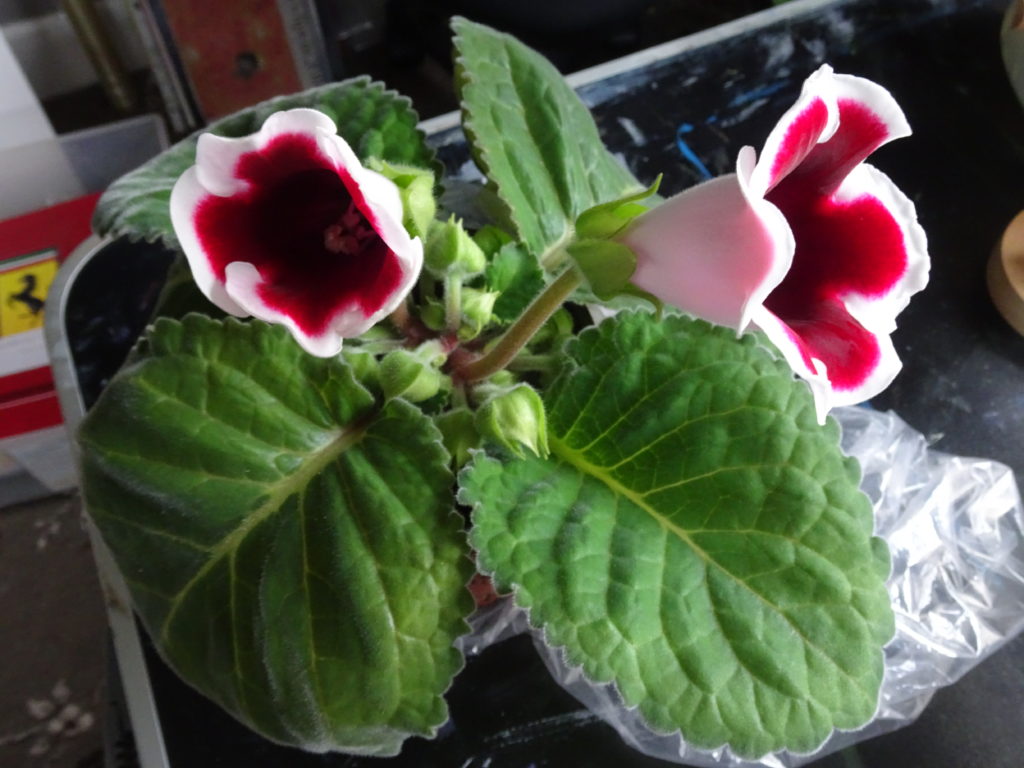Roses as Center of Attraction and Attention
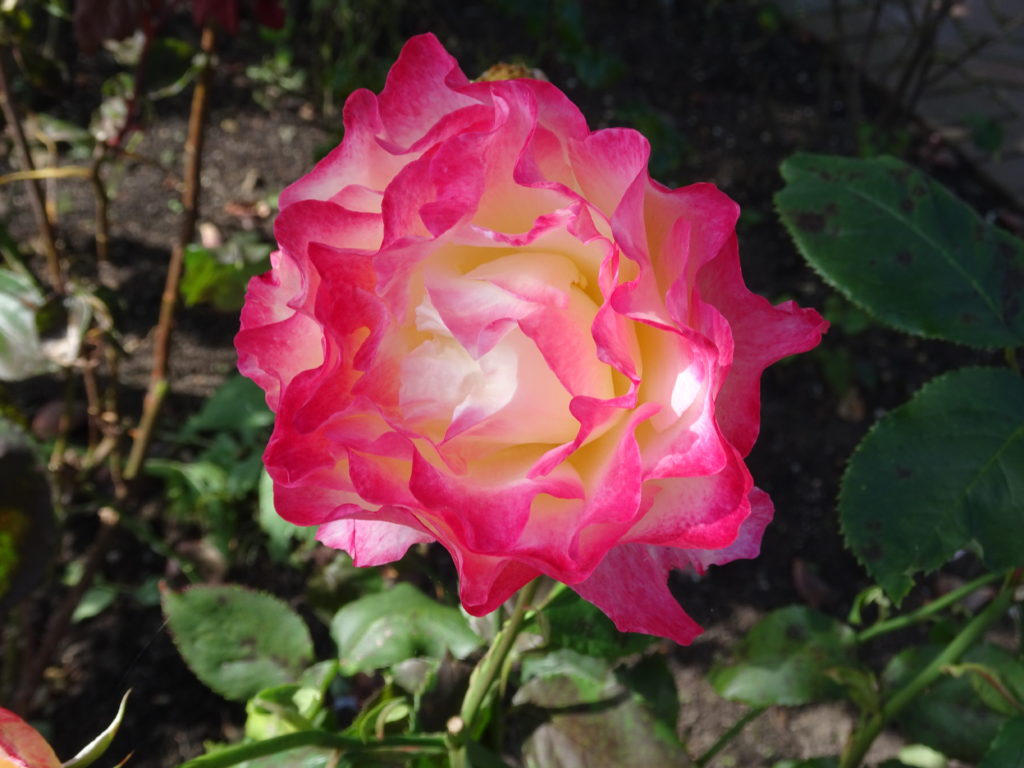 Roses can be a center of attraction in a photograph as these local garden subjects show. With the morning sun behind the photographer the intense colour shows through despite some risk of colour burn-out. However, for me it is the petal pattern and form that takes center stage.
Roses can be a center of attraction in a photograph as these local garden subjects show. With the morning sun behind the photographer the intense colour shows through despite some risk of colour burn-out. However, for me it is the petal pattern and form that takes center stage.
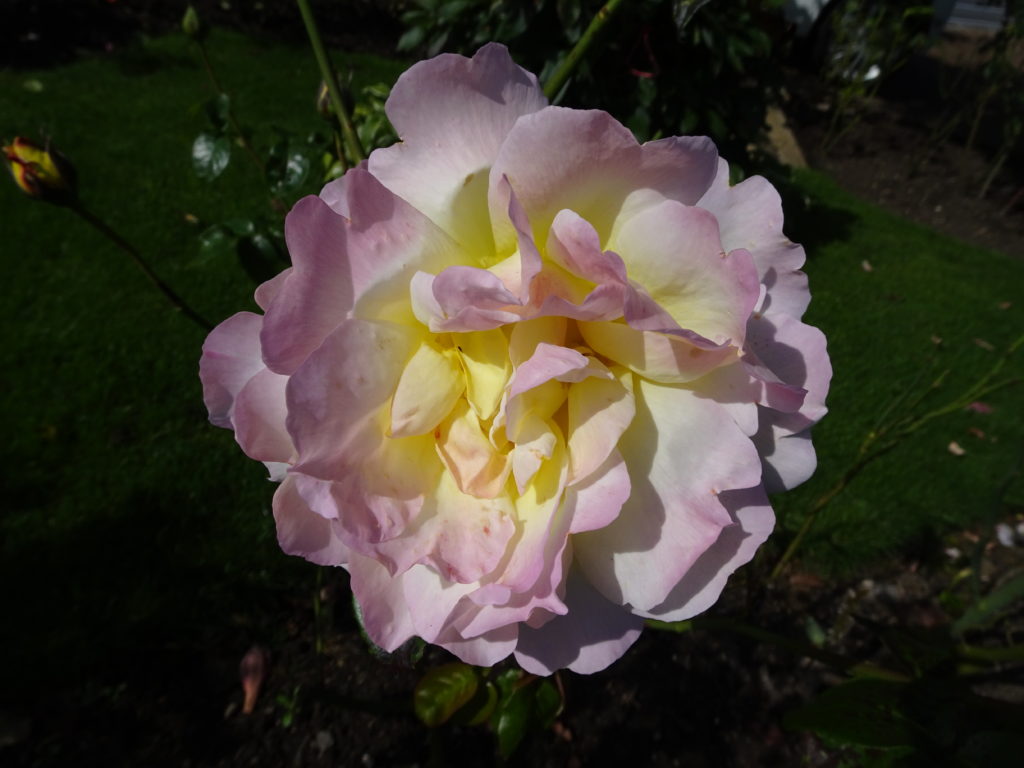 Roses can also hold your center of attention for both colour and scent in many a garden
Roses can also hold your center of attention for both colour and scent in many a garden
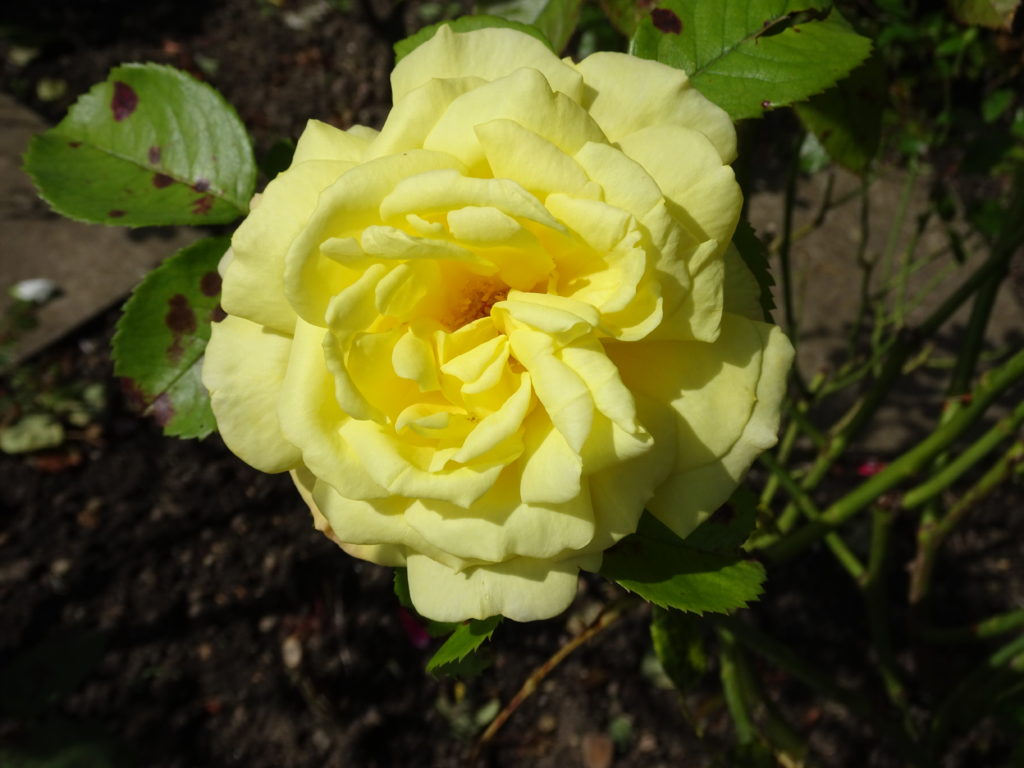 Photographs with a dark background help with the contrast and emphasise the quality of the rose flower. A shame about the black spot on the lemon sorbet.
Photographs with a dark background help with the contrast and emphasise the quality of the rose flower. A shame about the black spot on the lemon sorbet.
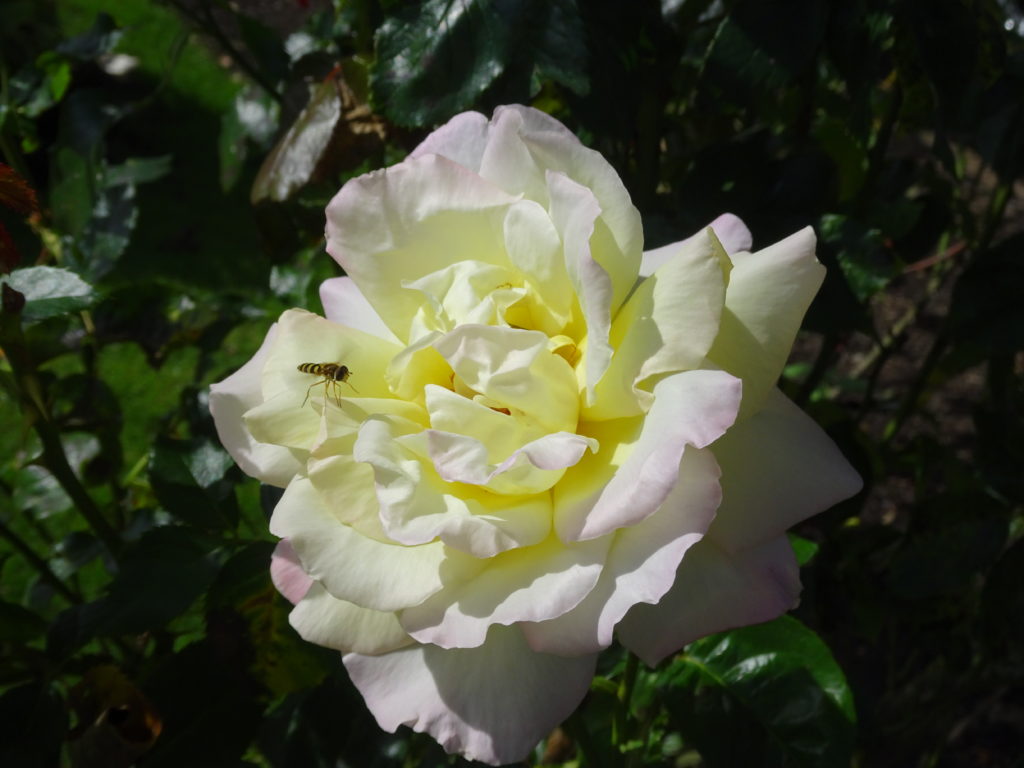 Is this a hover fly or a randomly attracted flying creature that wants the nectar or to have a rest & bask in the sunshine.
Is this a hover fly or a randomly attracted flying creature that wants the nectar or to have a rest & bask in the sunshine.
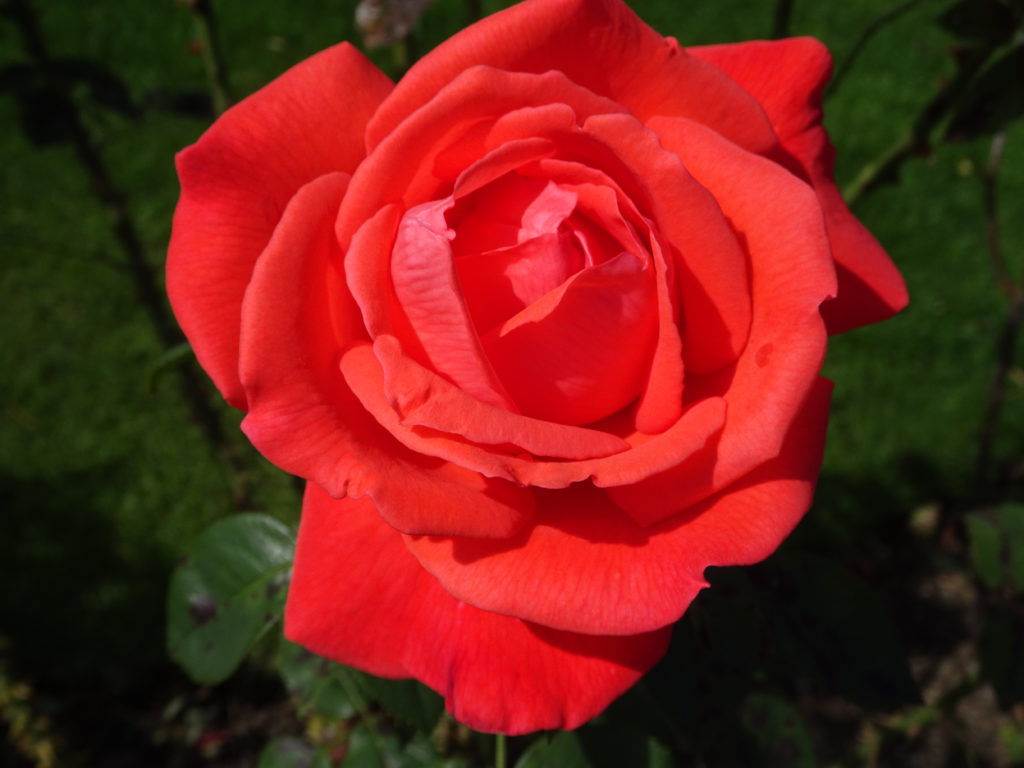
Roses have been out of fashion but this summer could be the start of a Renaissance – let us hope so.
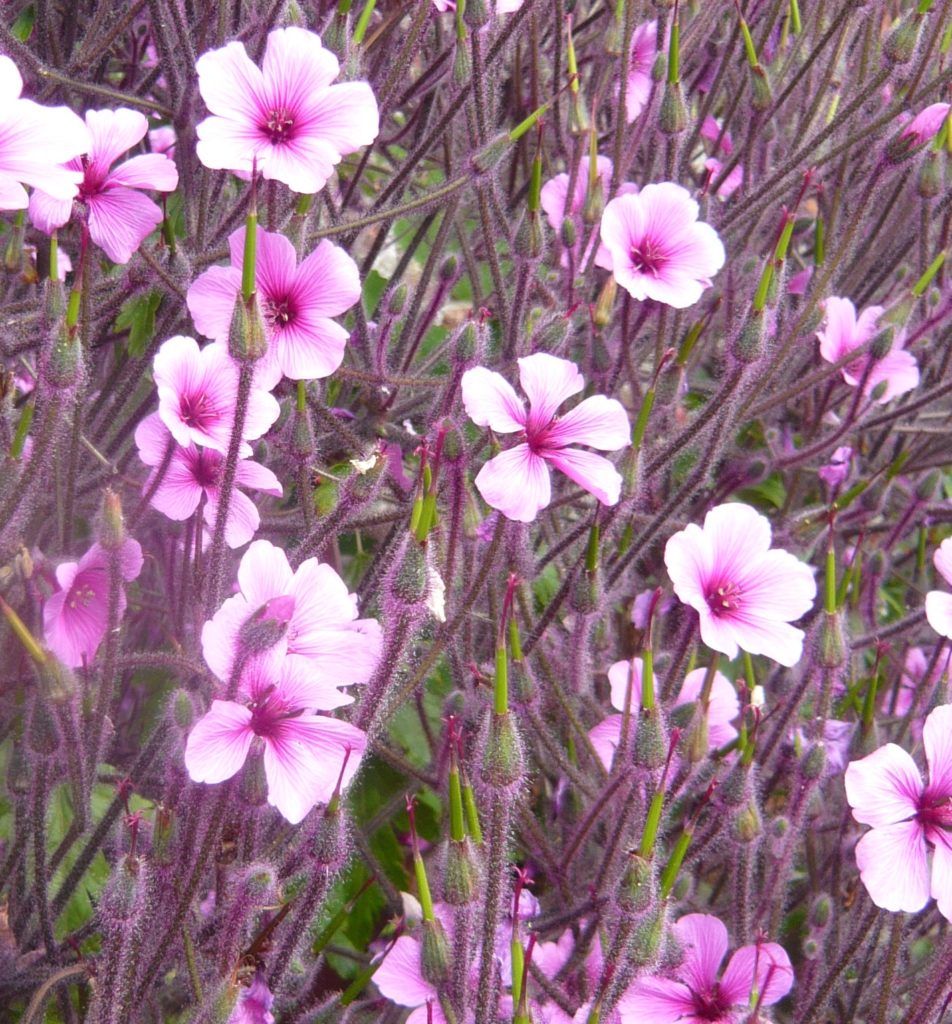

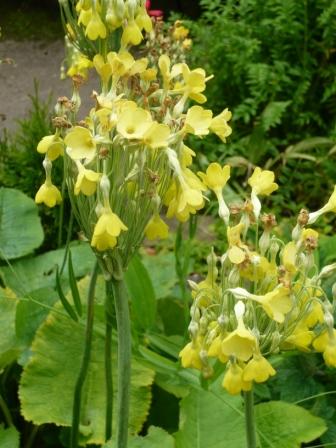 If I was starting a collection of plants for a bog garden or streamside I would look at a collection of different primula.
If I was starting a collection of plants for a bog garden or streamside I would look at a collection of different primula.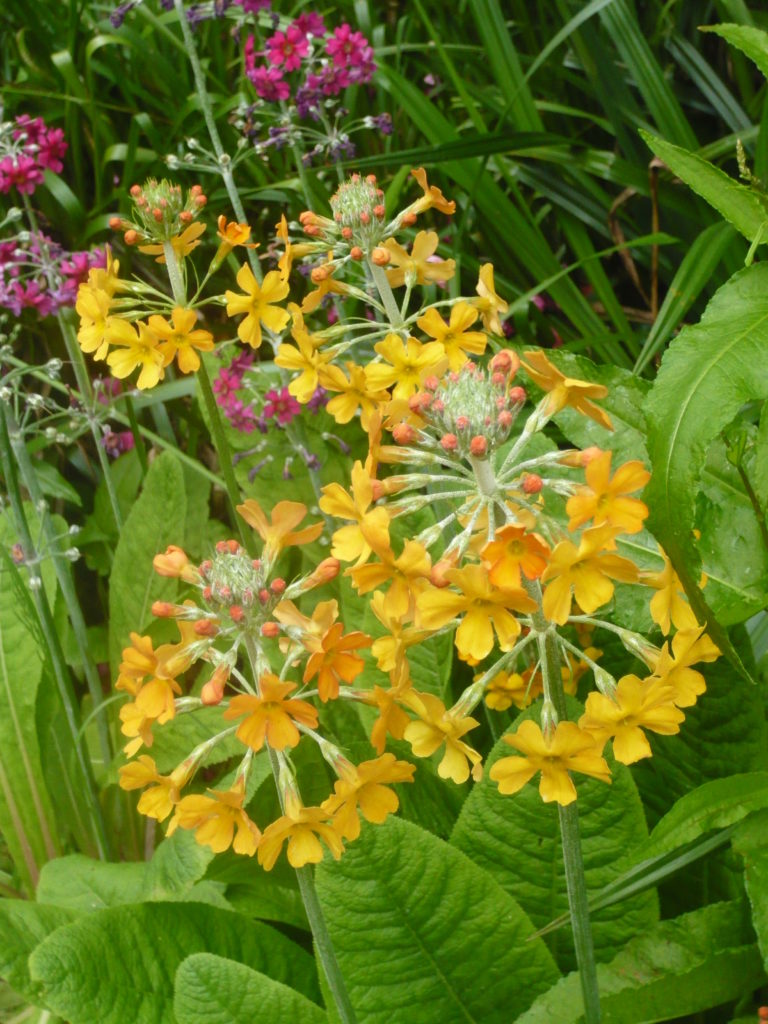

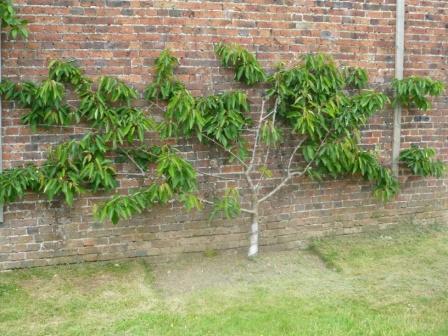


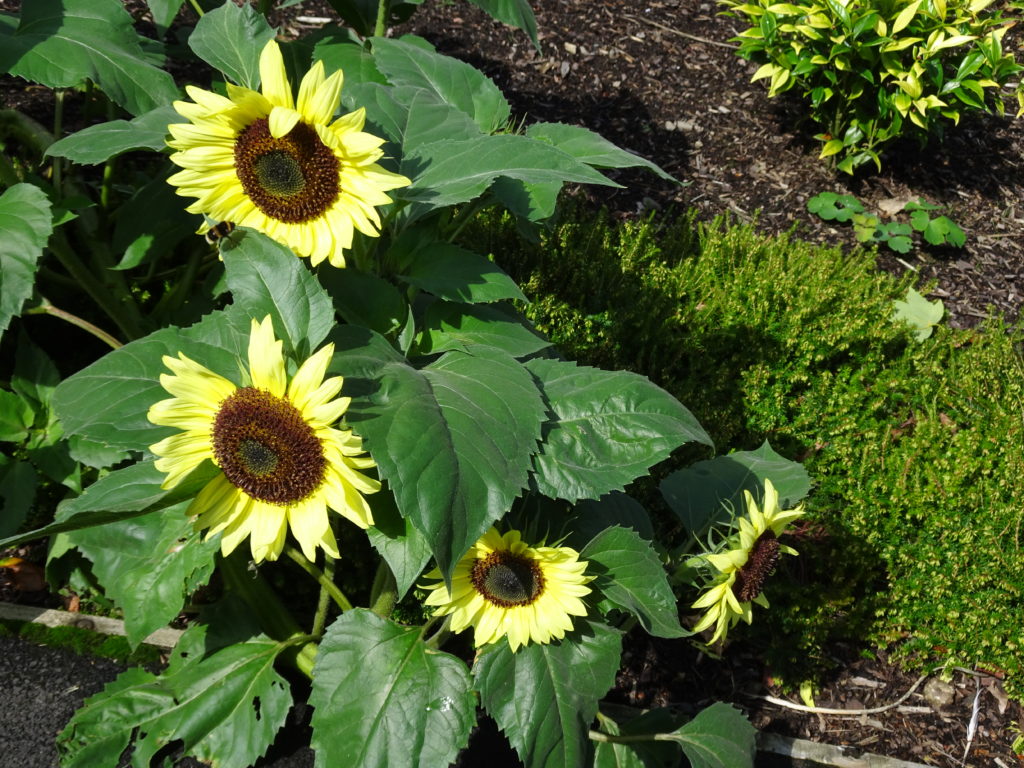
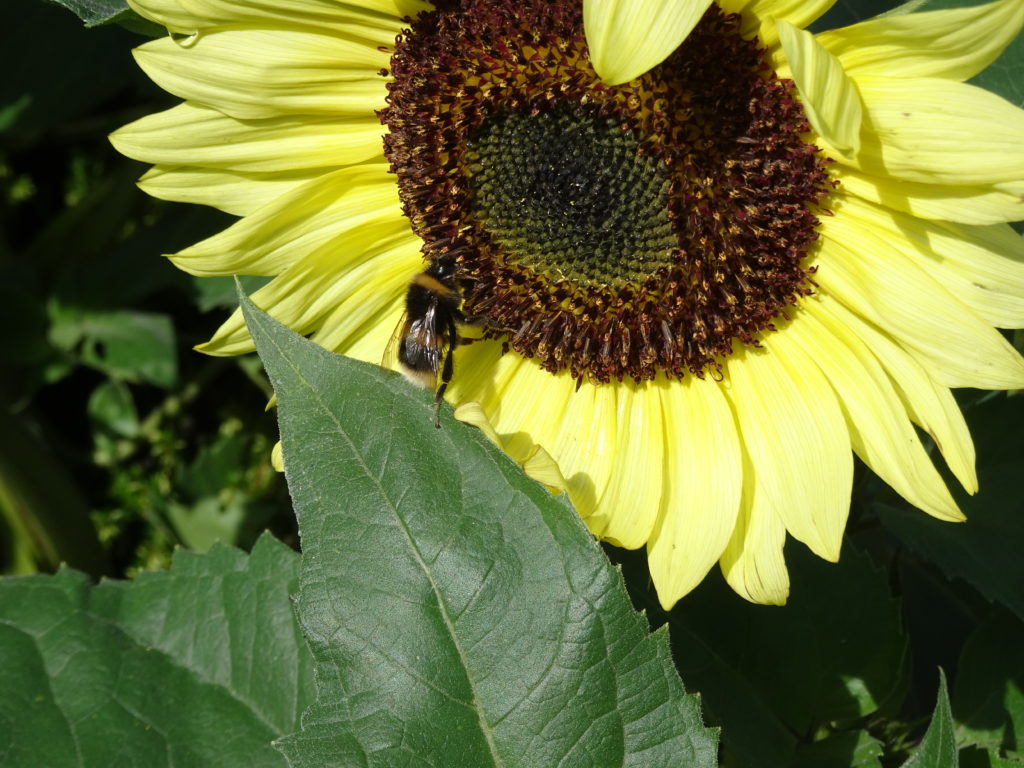
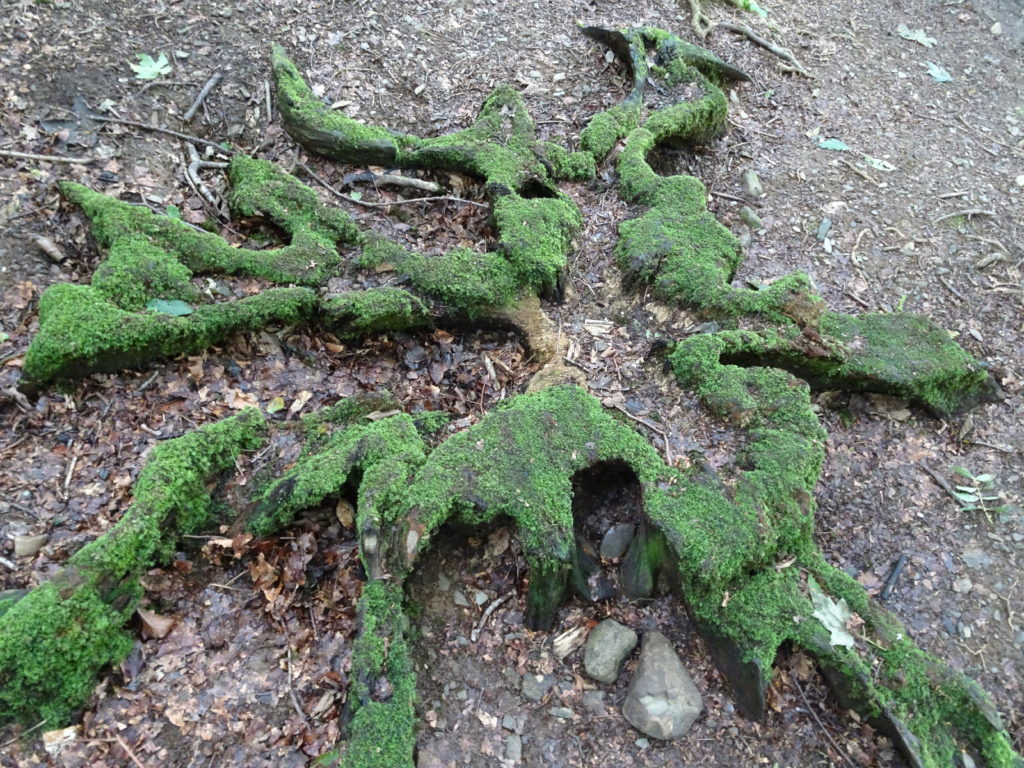
 Keswick has some grand trees in a distributed arboretum in the parks and near the river Greta. Try the tree trail in Upper Fitz Park.
Keswick has some grand trees in a distributed arboretum in the parks and near the river Greta. Try the tree trail in Upper Fitz Park.